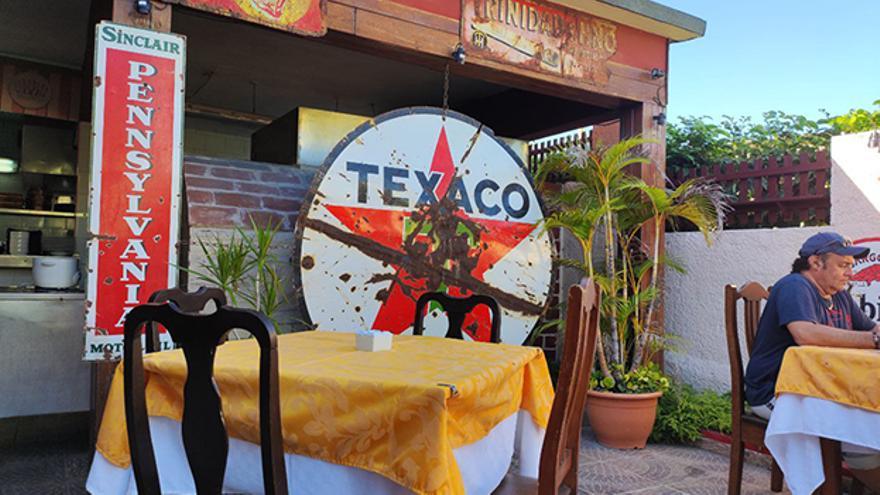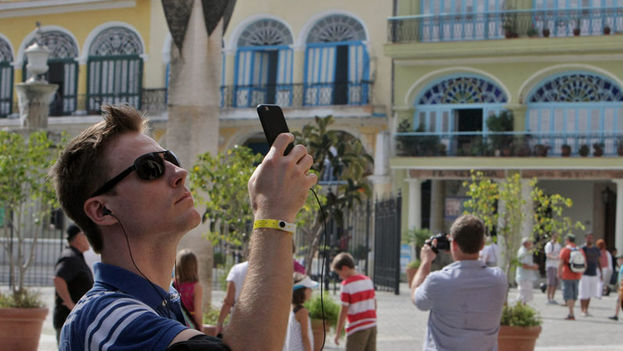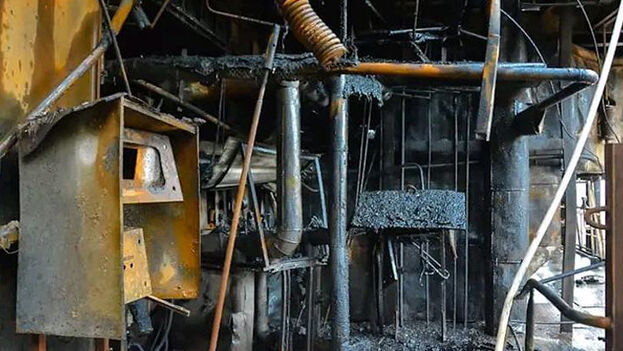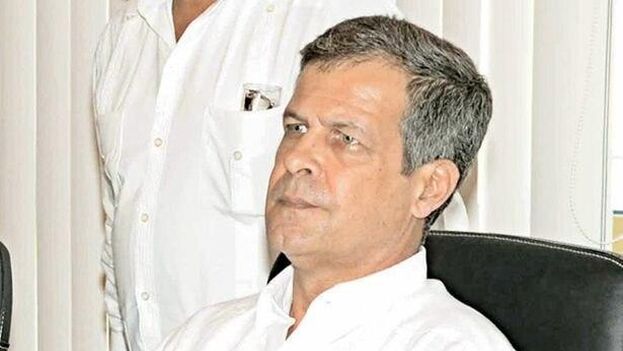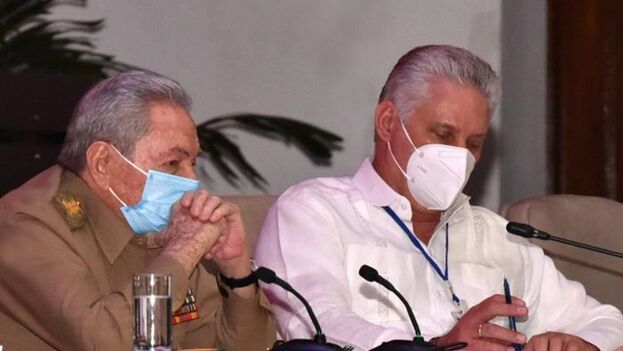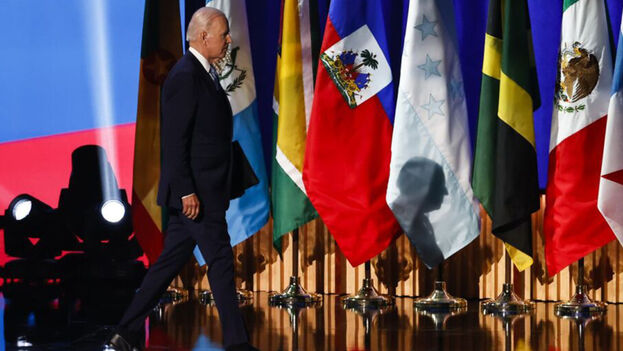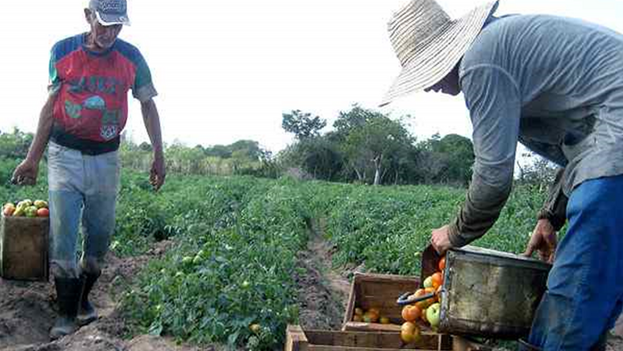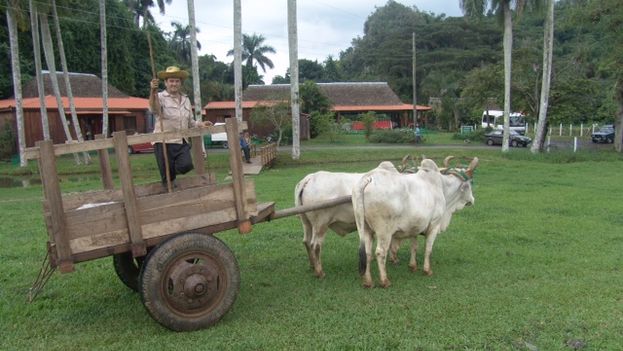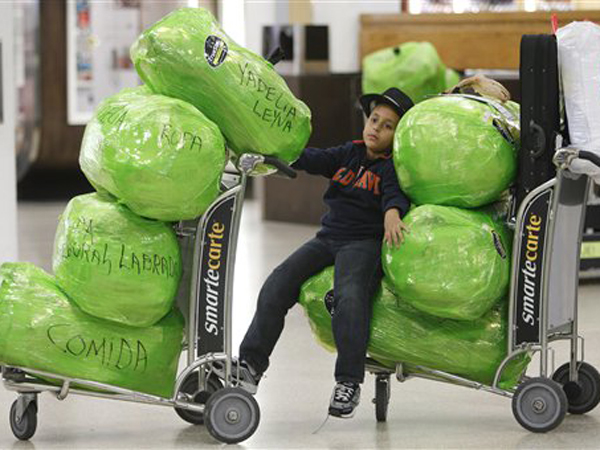
![]() 14ymedio, Elías Amor Bravo Economist, 29 June 2022 — They hurried. Said and done. The words of Minister of Economy and Planning Alejandro Gil Fernandez still resonated announcing to the National Assembly the 75 measures to “revitalize the economy” and the resolutions of the Ministry of Finance and Prices (MFP) and the General Customs of the Republic establishing the processes related to the flexibility of non-commercial imports by natural persons were already published in the Official Gazette.
14ymedio, Elías Amor Bravo Economist, 29 June 2022 — They hurried. Said and done. The words of Minister of Economy and Planning Alejandro Gil Fernandez still resonated announcing to the National Assembly the 75 measures to “revitalize the economy” and the resolutions of the Ministry of Finance and Prices (MFP) and the General Customs of the Republic establishing the processes related to the flexibility of non-commercial imports by natural persons were already published in the Official Gazette.
The economic situation is tightening. Cubans are having a very hard time in this summer of 2022. So much so that some already see signs very similar to those of the so-called “Special Period,” and the immediate reaction of the people, once again, is to leave the country, losing confidence that the situation will change.
If the communist model imposed by the so-called revolution since 1959 in Cuba has failed in anything, it is trade. Private commercial intermediation was destroyed by communist reforms; Cubans don’t have freedom of choice and live overwhelmed by a permanent shortage of everything. They are forced to survive with an increasingly meager ration book or regulated basket of goods, and see how, on top of that, the only goods and services that abound have to be bought in well-stocked stores which accept only freely convertible currency or in informal markets, in dollars.
Therefore, taking into account the disaster of state supplies of goods and services, communists who won’t accept that private companies recover wholesale or retail commercial activity, have opened their hands to this formula of non-commercial import, known for a long time to the regime, and decide to extend over time rules that, in principle, were going to be for a short period of time.
And they are in a hurry to do it. The measures enter into force on August 15; that is, right now, with new tariffs to be paid by natural persons who receive non-commercial air, sea, postal and courier shipments in the national territory; as well as the rules for non-commercial imports made by natural persons. Everything is highly regulated and controlled, so that no one escapes. continue reading
There is everything in these measures. For example, according to MFF resolution 204/2022, natural persons who receive non-commercial air, sea, postal and courier shipments in the national territory are exempt from the payment of customs tax for the first 30 dollars of the value or its equivalent weight, on up to three kilograms of the shipment, in the value/weight ratio, established by Customs. With 30 dollars, little can be taken away. Seeing the packages that arrive at Cuban airports, three kilograms seem like little.
Therefore, the rule says that natural persons who receive items in excess of 30 dollars and up to a value of 200 dollars, will have a tariff rate of 30%, adding that the calculation of the customs tax to be paid is carried out by applying, to the import value, the established tariff rate, and its result is converted into Cuban pesos, according to the current exchange rate. At the official rate, of course, of 1×24.
For its part, Customs resolution 175/2022 develops the rules for non-commercial imports made by natural persons, “taking into account that these are carried out occasionally for their personal, family or household use, through luggage, shipments, household goods or other authorized charges.” Actually, that occasional use is quite questionable, since these imports are the ones that then make up the mercantile mass of goods and products that are traded informally in the country, but this is the least interesting thing to the regime.
The rule states that “items and products to be imported by natural persons will be admitted as long as they correspond to a non-commercial import; the quantities to be imported are declared transparently and varied; that their import does not exceed the limit of what is established as appropriate; and that the nature and functions of an article or the repetition of the imports made do not show the nature or commercial purpose of its import.”
Everything is so open and subjective that in this way you can bring practically everything into the country. Otherwise, as is always the case in these cases, it is up to Customs to decide whether the import is carried out on a commercial basis and to apply the sanction provided for in customs regulations.
The resolution establishes, under these conditions, that “when the customs authority determines that there is a commercial nature due to the repeated non-commercial imports, it notifies the infringer of the sanctioning decision and the period in which, from that act, his right to import is limited.” Now we will see who pays, and how much. The possibility of sanction is there, but in these cases, and in many others, the law is made, the trap is set.
The aforementioned resolution also establishes that when an item or product is not defined in the reference values, the referential price available, including that of sale in domestic commerce and in other origins, is taken as a basis, in accordance with the provisions of current legislation. Once again, it is Customs that is authorized to apply the value-weight alternative method for all those items that, due to their characteristics and value, can be valued by that method, as legislated.
To household appliances, computer and communications equipment and other durable items are applied, as a method of valuation, the Customs declaration, the purchase invoice or the reference value, without prejudice to applying the provisions of specific provision or what is requested by the person, in which case the acceptance of weighing it or not is evaluated.
On the other hand, Customs Resolution 176/2022 uses the value-weight alternative method for the determination of the Customs value of items that are classified as miscellaneous and others where, due to their characteristics, it is applicable, items that are imported non-commercially by natural persons through shipments, applying the equivalence of one kilogram equal to ten US dollars.
For the determination of the value of shipments through this alternative, values that are based on automated dispatch, in which the weight of the miscellaneous of the shipment is obtained, are taken into account. The items contained in the shipment for which the value-weight method is not applied are individually valued and considered within the established import limit.
The annexes to the resolution include specifications on the rules for non-commercial imports of natural persons, aspects to be taken into account in the classification of other items or products that are not considered miscellaneous and the list of reference values for non-commercial imports that are made by any means.
Finally, a list of reference values is published for non-commercial imports made by natural persons by any means, products that are not distributed by “legal” trade and that go through the vicissitudes of these Castro rules. Photographic products whose valuation is less than 50 USD: the value-weight alternative applies. Non-durable household and hardware items: up to five items of each type that are classified as hardware, provided that their value does not exceed 50 USD; and for those that exceed that value up to three are admitted. Paints, varnishes, pigments and thinners, provided that the total sum of the contents of their containers does not exceed 20 liters. Household appliances: provided that they are varied, accepting up to two items of the same type, provided that the sum of their values does not exceed the limit established for the importation of luggage. Computer and telecommunications equipment: up to three items related to telecommunications and network devices, including accessories or peripherals of computer equipment.
Cell phones or smartphones: up to five units.
Musical instruments: up to three items, in all cases in accordance with the import limit. Furniture: up to five items of each type that are classified as home furniture, as long as their value does not exceed 50 USD.
Motor vehicles, their parts, parts and accessories: it allows the importation as luggage of up to two items of the so-called electric mopeds of up to two seats or one by means of shipments. Bicycles, electric and pedal-assisted bicycles, electric skateboards or the like: up to two items.
Nothing is left to improvisation. A package of resolutions like this was already being drafted and in the process of being launched long before Minister Gil announced it in the National Assembly. The regime is aware of its failure and that it is in a terminal phase in which multiple anomalies that are impossible to solve with the communist economic model accumulate. The question is, will we see more in this torrid summer?
Translated by Regina Anavy
____________
COLLABORATE WITH OUR WORK: The 14ymedio team is committed to practicing serious journalism that reflects Cuba’s reality in all its depth. Thank you for joining us on this long journey. We invite you to continue supporting us by becoming a member of 14ymedio now. Together we can continue transforming journalism in Cuba.


